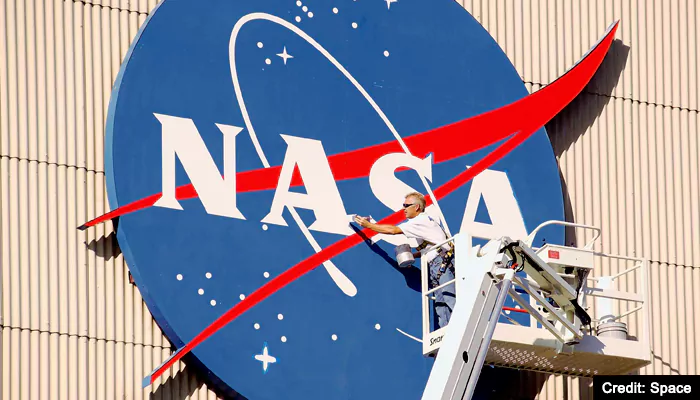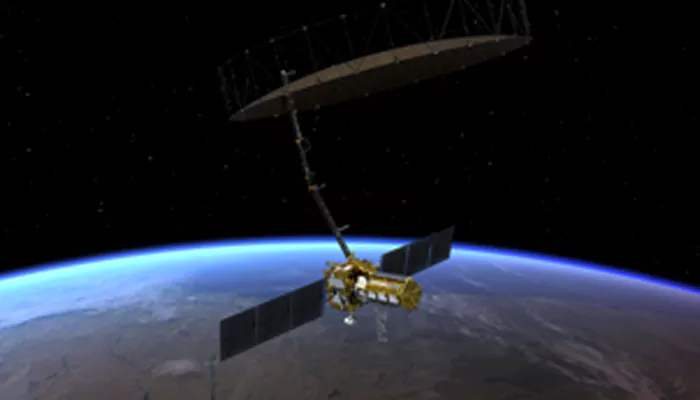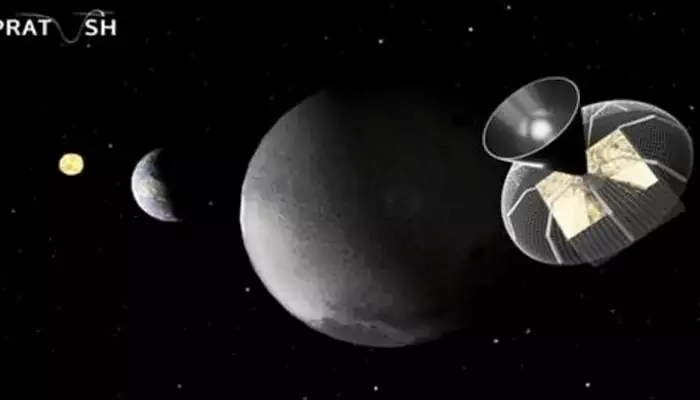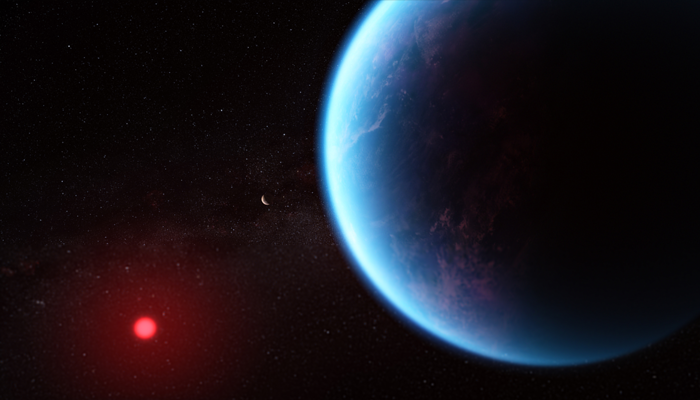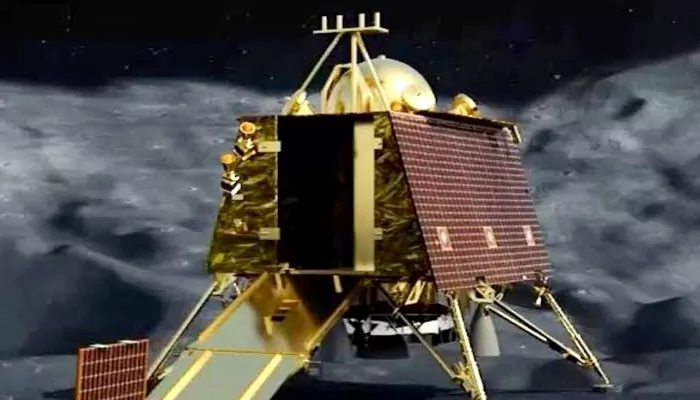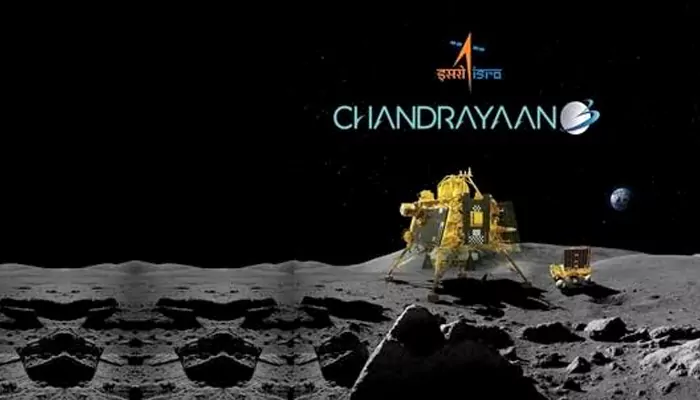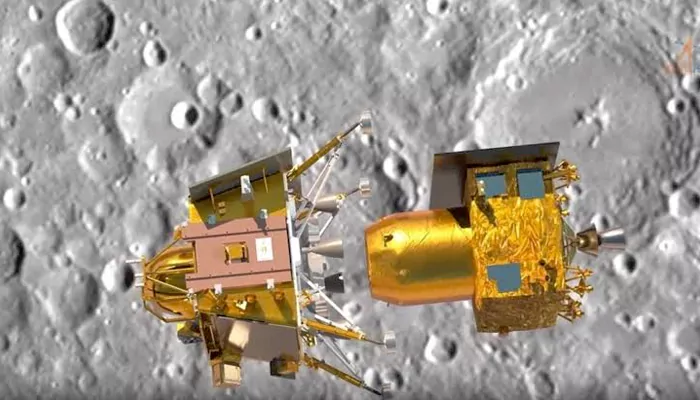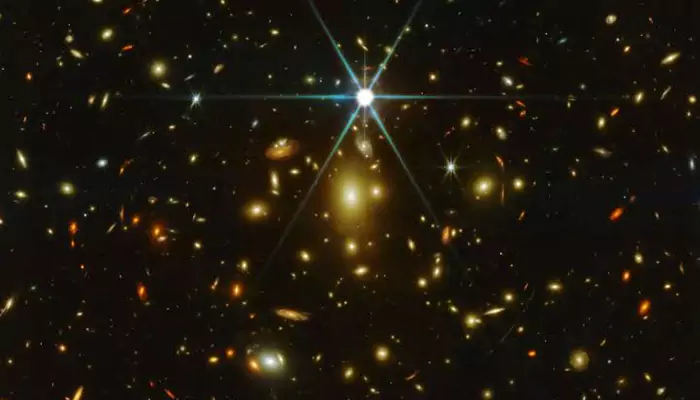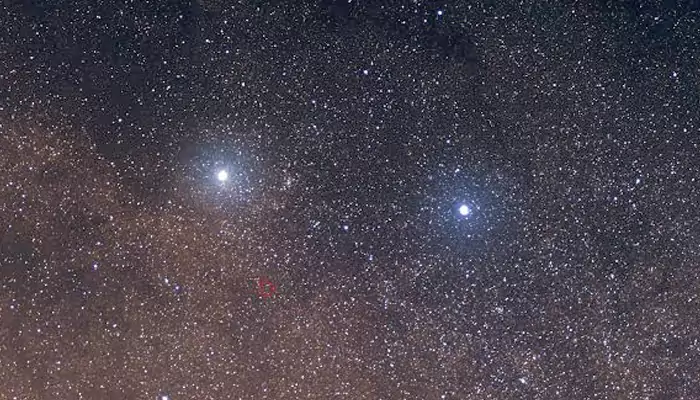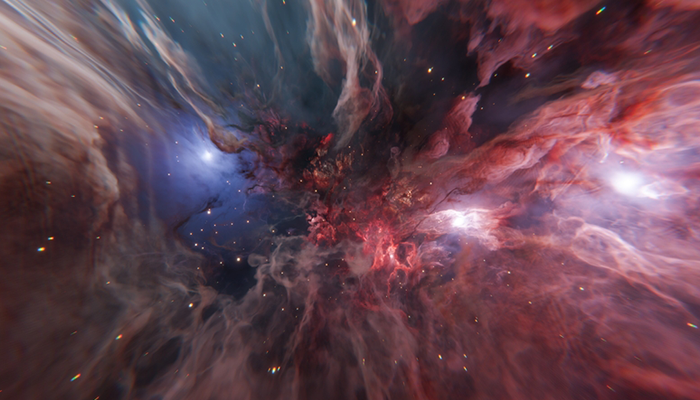NASA Warns Of A 710-Foot Space Rock Heading Towards Earth At High Speed On October 17; Check Details
- Gurpreet
- 1 year ago
- 3 minutes read

A massive asteroid, approximately around the size of a stadium pitch, is expected to pass by Earth on October 17.
NASA has recently warned that a huge asteroid, roughly the size of a stadium pitch and named 2024 RV50, will pass by Earth on October 17. It is believed that the asteroid is about 710 feet wide. However, it will be flying past at a safe distance of 4.6 million miles. While NASA has warned about the asteroid, the space agency has clarified that there is no immediate risk to our planet.
For those caught unaware, asteroids are often referred to as minor planets, and they are known to orbit within our solar system. The rocky bodies are leftovers from the solar system’s formation 4.6 billion years ago, but they have no atmosphere, unlike planets. In fact, most of them vary in size and composition, and mostly remain unchanged since their creation.
NASA’s Tracking Of Asteroid Movements
NASA has been continuously monitoring the asteroid movements through advanced observation tools. Using the techniques, the scientists not only predict potential threats to Earth, but also are able to understand historical impacts. For instance, observations around the Chicxulub asteroid, which caused the dinosaurs’ extinction 66 million years ago, further shed light on the importance of asteroid monitoring. It is certain that NASA and other space agencies keenly study potentially hazardous asteroids (PHAs).
![]()
For instance, the recent 2024 RV50 poses no threat to Earth, but its close approach to the planet offers research data to scientists, which in turn, help them to better their prediction methods for future asteroids, and even protecting the planet from any future impacts.
NASA has even come up with its latest strategy in order to guard Earth against potentially catastrophic asteroids. As part of the new National Preparedness Strategy and Action Plan, a multi-pronged approach is outlined to understand the near-Earth objects (NEOs) for any significant threat. In fact, NASA is preparing itself for worst-case scenarios, and its measures include deploying an “army” of 1,000 spacecraft to intercept and deflect large asteroids before they reach our planet.
 for any significant.webp)
NASA is also considering the possibility of using nuclear devices to break or redirect these asteroids, much like the 1998 film Armageddon. For instance, if a massive asteroid was just a few months away from colliding with Earth, NASA could think of deploying a nuclear explosion to reduce the risk of a planet-wide disaster.
“An asteroid impact with Earth has potential for catastrophic devastation, and it is also the only natural disaster humanity now has sufficient technology to completely prevent,” Lindley Johnson, NASA’s planetary defence officer said.

